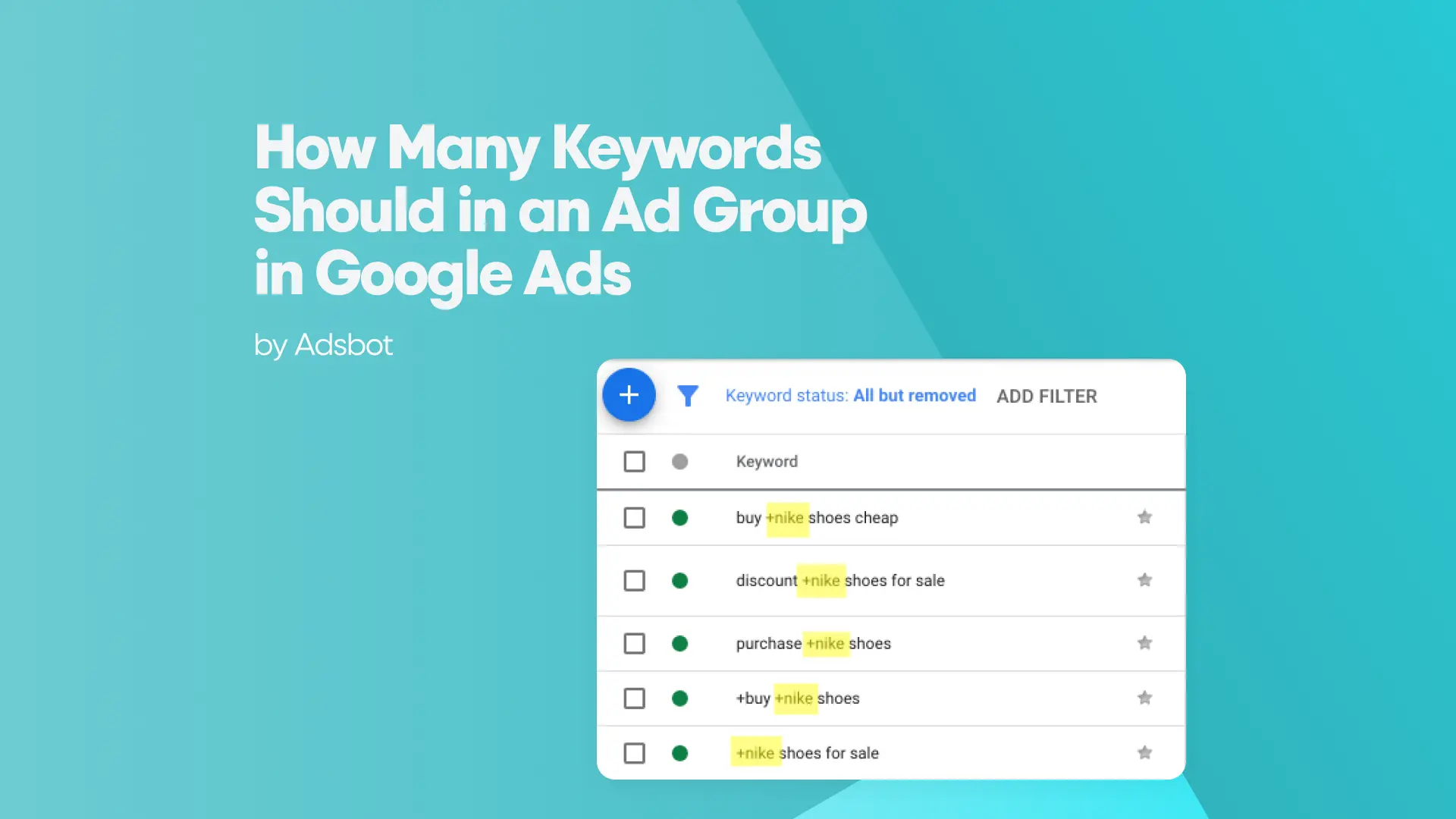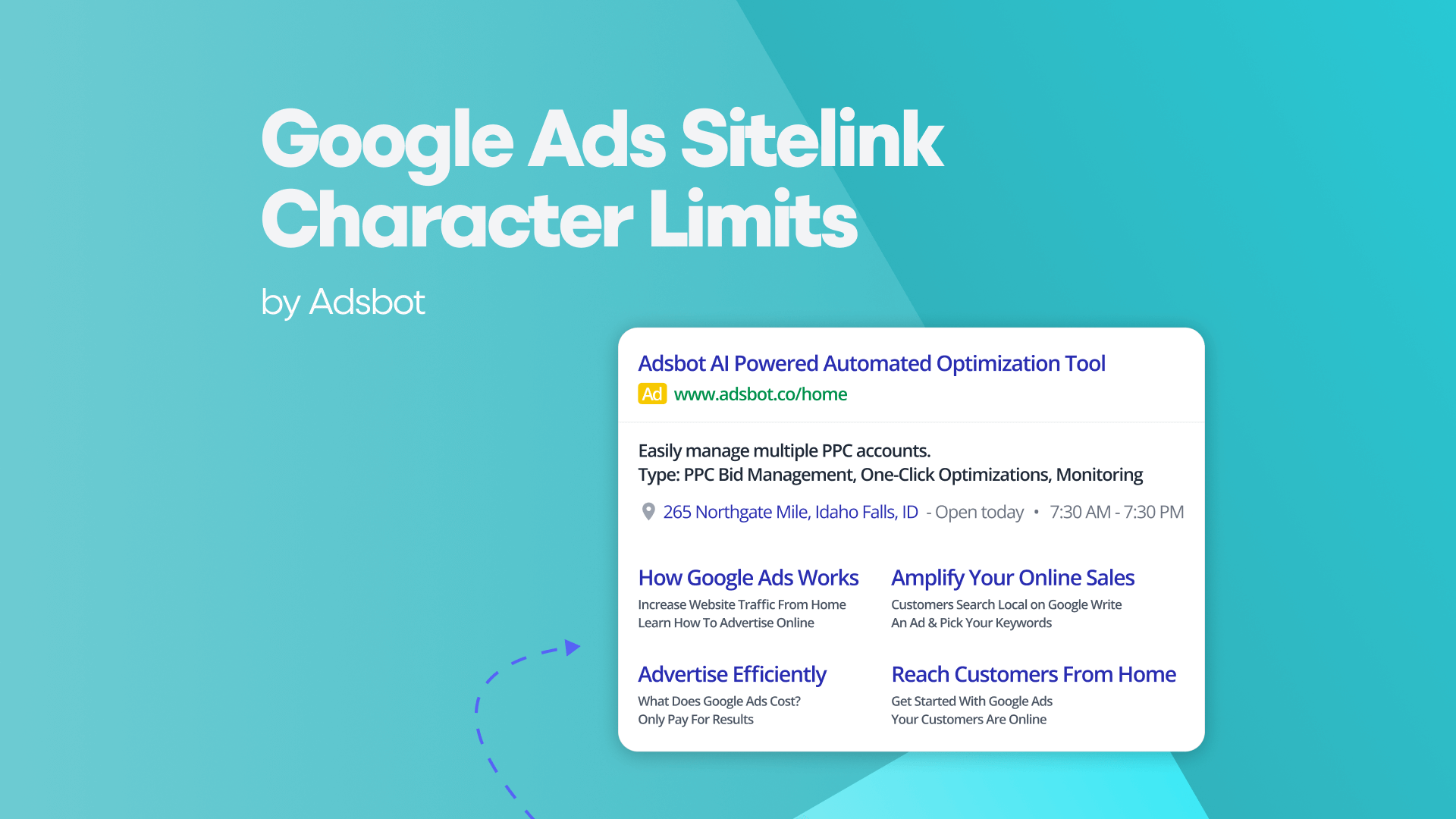A comprehensive technical SEO checklist is essential for ensuring that your website is optimized for search engines and provides the best user experience. A technical SEO audit checklist covers various aspects of website performance, security, and structure. This article will guide you through the critical components of a technical SEO technical audit checklist to help you identify and resolve issues that could impact your site’s performance and rankings.
Site Speed and Performance
Site speed is a crucial factor in both user experience and search engine rankings. A slow-loading website can frustrate users and lead to higher bounce rates. Search engines, particularly Google, consider website speed optimization as a ranking factor. Use tools like Google PageSpeed Insights to measure your site’s loading speed. Identify elements that are slowing down your site, such as large images, unoptimized code, and excessive use of plugins. Optimize images by compressing them without losing quality, leverage browser caching, and minify CSS, JavaScript, and HTML files. Regularly monitor your site’s performance and make necessary adjustments to maintain optimal speed.
Mobile Friendliness
With the increasing number of users accessing websites via mobile devices, ensuring your site is mobile-friendly is more important than ever. Google’s Mobile-Friendly Test tool can help you assess your site’s mobile usability. A mobile-friendly website should have a responsive design that adapts to different screen sizes, easy navigation, and touch-friendly elements. Ensure that text is readable without zooming, buttons are appropriately sized for tapping, and images and content fit within the screen without horizontal scrolling. Optimizing your site for mobile users not only enhances user experience but also improves your search engine rankings, as Google prioritizes mobile-friendly sites in its search results.
SSL Certificate and HTTPS
Security is a significant concern for both users and search engines. An SSL certificate ensures that data transmitted between the user’s browser and your server is encrypted and secure. Websites using HTTPS (HyperText Transfer Protocol Secure) are trusted more by users and are given preference in search engine rankings. If your site is still using HTTP, it’s time to switch to HTTPS. This transition involves purchasing an SSL certificate, installing it on your server, and updating your website’s internal links. Tools like Why No Padlock can help you identify and resolve any issues related to mixed content (HTTP and HTTPS elements) on your site.
Sitemap and Robots.txt
A sitemap is a file that provides search engines with a roadmap of your website’s pages, helping them crawl and index your site more efficiently. An XML sitemap should include all the important pages on your site and be updated regularly. You can create and submit your sitemap to Google Search Console and Bing Webmaster Tools. The robots.txt file is used to control which parts of your site search engines can crawl. Implementing robot.txt best practices ensures that your robots.txt file is correctly configured to prevent search engines from accessing sensitive or irrelevant parts of your site while allowing them to index your important pages. Regularly review and update your sitemap and robots.txt file to ensure they reflect your current site structure and SEO goals. Using a Robots.txt Checker can help ensure that search engines are correctly guided on which parts of your website to crawl and index
URL Structure
A clean and descriptive URL structure is essential for both user experience and SEO. URLs should be easy to read, include relevant keywords, and accurately describe the content of the page. Avoid using complex or dynamic URLs with unnecessary parameters. Instead, use hyphens to separate words and keep URLs concise. For example, a URL like www.example.com/technical-seo-checklist is preferable to www.example.com/index.php?id=123. Consistent URL structure helps search engines understand your site’s hierarchy and improves the likelihood of users clicking on your links.
Structured Data (Schema Markup)
Structured data, or schema markup, is a way to provide search engines with additional information about your content. Implementing structured data can enhance your search engine listings with rich snippets, such as star ratings, event details, or product information. Use Google’s Structured Data Markup Helper or Schema.org to add structured data to your pages. Common types of schema markup include articles, products, events, and reviews. Regularly test your structured data using Google’s Rich Results Test tool to ensure it’s correctly implemented and free of errors. Proper use of structured data can improve your site’s visibility in search results and increase click-through rates.
Crawling and Indexing
Ensuring that search engines can crawl and index your site efficiently is crucial for SEO success. Use tools like Google Search Console to monitor your site’s crawl status and identify any issues that may be preventing search engines from accessing your content. Look for crawl errors such as 404 pages (not found) or server errors. Fixing these errors promptly ensures that search engines can access and index all the important pages on your site. Additionally, check for any pages that are unintentionally blocked by your robots.txt file or have a “noindex” meta tag. Regularly review your site’s crawl and index status to maintain optimal visibility in search engine results.
Error Pages and Redirects
Handling error pages and redirects correctly is essential for maintaining a positive user experience and preserving your site’s SEO value. A 404 error page is displayed when a user tries to access a page that doesn’t exist. Customize your 404 error page to provide helpful navigation links and encourage users to stay on your site. Use 301 redirects to permanently redirect users and search engines from old URLs to new ones. This helps preserve the SEO value of the original URL and ensures a seamless user experience. Avoid using 302 redirects (temporary redirects) unless necessary, as they do not pass on SEO value.
Ongoing Technical SEO Maintenance
Technical SEO is not a one-time task but an ongoing process. Regularly audit your site to ensure it remains optimized and free of technical issues. Stay updated with the latest SEO best practices and algorithm changes to keep your site competitive. Tools like Google Analytics and Search Console are invaluable for monitoring your site’s performance and identifying areas for improvement. Additionally, learning how to add negative keywords to your Google Ads campaigns can help filter out irrelevant traffic and improve your paid search results. Set up alerts for critical issues, such as server downtime or significant drops in traffic, so you can address them promptly. Regular maintenance and optimization ensure that your site continues to perform well and deliver a positive user experience.
A comprehensive SEO technical checklist is essential for optimizing your website and ensuring it performs at its best. By focusing on site speed and performance, mobile friendliness, security, URL structure, structured data, crawlability, error handling, and ongoing maintenance, you can improve your site’s search engine rankings and user experience. Utilizing SEO Reporting Dashboards to track key metrics and trends provides valuable insights for fine-tuning your SEO strategy. Regular audits and updates are crucial for maintaining a healthy, high-performing website that attracts and retains visitors. Use this technical SEO checklist to guide your efforts and achieve better visibility and performance in search engine results
Popular Posts
-
How Many Keywords Should Be In an Ad Group in Google Ads?
Ever wondered if your Google Ads campaigns are packed with…
Read more -
Google Ads Script for Dummies: An Introduction
Imagine you have an e-commerce website that sells licensed superhero…
Read more -
Google Ads Sitelink Character Limits
Your Google Ads are cutting off in the middle of…
Read more -
What Is Conversion Value in Google Ads?
What if you could put a price tag on every…
Read more
Register for our Free 14-day Trial now!
No credit card required, cancel anytime.




